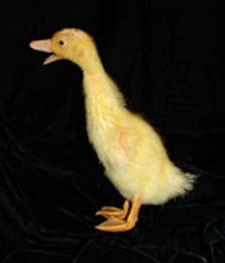
Writers dream of big book deals with traditional publishers, or big sales income from self published books. The big blue skies of Amazon.com pervade both dreams.
In the chaotic clouds of The New Publishing Landscape, one (of many) possible pathways to making money as a self published author is starting to emerge.
By learning how to self publish a book, an author can produce work that will not only be out there in readerland, possibly earning money from the start, but could also lead directly to a big traditional book deal.
Here is how:
- A writer writes a Really Good Book (note… the book has to be really good…)
- The writer self publishes the book as an e-book on Amazon.com (note… it has to be on Amazon.com…)
- The writer markets the e-book and it begins to sell, then sells some more (note… the odds on the book selling – even with marketing – are slightly better than winning the lottery, and slightly worse than being nibbled by a shark near a beach in Florida)
- The e-book rises in rank on the Amazon.com bestseller list (note… the rank rise is directly related to the previous bullet…)
- Traditional publishers, who are watching the Amazon.com lists, decide to take a chance on the already proven sales of the writer and her e-book (no note required)
- Amazon.com, seeing that traditional publishers are beginning to poach the self published shoals of profitably-selling books, jumps in and offers the writer a traditional-style book deal directly (note… meaning that Amazon.com is not only a place where an writer can self publish a book, but it is also a traditional-style publishing house itself.)
This pathway to traditional publishing has already happened for some now-big-name writers, and is happening more and more. In a related, but reversed, scenario, some traditionally-published authors are beginning to self publish their work, relying on their existing fan-base.
It does, however, all come down to sales.
Write a really good book, self publish it as an e-book, market it well, and…. voila! (maybe…)
My first self published book was only a print book, and will soon be available as an e-book. Let’s see how it goes!







